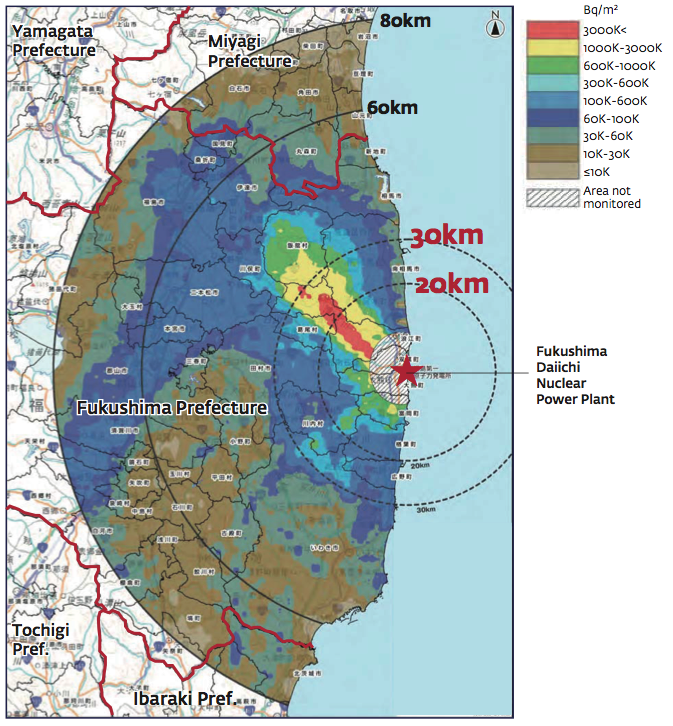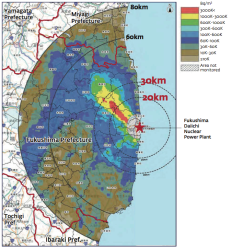Japan’s Fukushima disaster was one of the worst nuclear accidents in history, rendering a large area of the country uninhabitable for the immediate future. The meltdown was triggered by last year’s earthquake and tsunami, but don’t go blaming nature, says the commission tasked with assessing the crisis. According to a new report, the tsunami may have been the least significant contributor to the disaster.
The earthquake and tsunami of March 11, 2011, were natural disasters of a scale that shocked the entire world. Although triggered by these cataclysmic events, the subsequent disaster at the Fukushima Daiichi Nuclear Power Plant cannot be regarded as a natural disaster. It was a profoundly manmade disaster — that could and should have been foreseen and prevented. And its effects could have been mitigated by a more effective human response.
These are the first words in the official report of the Fukushima Nuclear Accident Independent Investigation Commission, the introduction to the message from the commission’s chair. Apparently he decided on the direct approach.
The report suggests a number of ways in which human error made a horrible situation much, much worse. Just a few of the excoriating lines:
The TEPCO Fukushima Nuclear Power Plant accident was the result of collusion between the government, the regulators and TEPCO, and the lack of governance by said parties. They effectively betrayed the nation’s right to be safe from nuclear accidents. …
We conclude that TEPCO was too quick to cite the tsunami as the cause of the nuclear accident and deny that the earthquake caused any damage. …
Had there been a higher level of knowledge, training, and equipment inspection related to severe accidents, and had there been specific instructions given to the on-site workers concerning the state of emergency within the necessary time frame, a more effective accident response would have been possible. …
The Commission concludes that the situation continued to deteriorate because the crisis management system of the Kantei, the regulators and other responsible agencies did not function correctly.
Reading this, it becomes clear that Murphy’s Law is also in effect in Japan.
As mentioned in their critiques of TEPCO above, the commission suggests that the earthquake did more damage to the Fukushima reactors than has been understood. Given that fault lines are nearly ubiquitous in Japan (Fukushima was built near 14 of them), it’s hard to feel terribly confident that future disasters can be prevented. The New York Times notes precisely that:
… by suggesting that the plant may have sustained extensive damage from the quake — a far more frequent occurrence in Japan — the report in effect casts doubts on the safety of Japan’s entire fleet of nuclear plants.
Especially worrisome given that last month, Japan restarted two of the reactors that had been taken offline after Fukushima.
The commission spelled out its concern over lax regulatory supervision, suggesting a complete overhaul.
The Commission has concluded that the safety of nuclear energy in Japan and the public cannot be assured unless the regulators go through an essential transformation process. The entire organization needs to be transformed, not as a formality but in a substantial way. Japan’s regulators need to shed the insular attitude of ignoring international safety standards and transform themselves into a globally trusted entity.
Yeah, we can see how a regulatory agency with an “attitude of ignoring international safety standards” might not be terribly effective. One thing is for sure:
Replacing people or changing the names of institutions will not solve the problems.
A mantra which can basically be applied to any situation where anything has gone wrong ever. Sometimes, it’s even heeded.




